

SN: What experiences influenced your interest in sculpture?
PP: My parents, wife and children are artists. I have always admired classical drawing, painting and sculpture. That passion motivated travel to Western Europe to see first hand the works of Michelangelo, Raphael, da Vinci and Rodin. Their work is all about the power of emotions and expression of ‘soul.’ I was once so inspired in Florence that I was threatened with expulsion from a museum if I did not stop touching the sculptures. I did not stop but I learned to be more covert in my tactical exploits.
During this early period, I sculpted ‘Head of Youth,’ ‘The English Professor’ and ‘Charity.’

SN: Were there other important experiences?
PP: You bet. The next big influence was Horace, my fellow worker and a part time farmer. Hearing of my interest in sculpture, he delivered on one Christmas day a 20 foot walnut tree – roots and all. Lifted by crane onto my driveway, this one-ton gift remained for a year before being stowed in a moving van when we changed residences. It took about a third of the truck and the moving cost was horrendous. So by then I had the materials to sculpt and was just awaiting the next stage of development: the motivation to overcome my fear of finally digging into the material.
That motivation came from Kuaku, a skilled Ghana born sculptor. He became my instructor. Together we converted Horace’s gift into two works of art. Kuaku was, in addition to being a fine sculptor, a Christian minister and, simultaneously, a bush witch doctor. He saw absolutely no conflict between the two. I shall never forget those first lessons when with sweat beaded brow he implored, no, he commanded the spirits to release the hidden figures within. So I started in wood and this is how I learned direct carving – the bush carving way. See my pieces: ‘Spirit Man of Ghana’ and ‘Ancestors’.
SN: How did you develop an interest in stone?

PP: Several years ago I attended Camp Brotherhood along with 120 people similarly crazed over sculpture. My career in stone began, shall we say, with a bang. I met Sabah Al-Dhaher at the Camp. He graciously consented to be my instructor. In retrospect, I’m advised that he felt as if he was being commanded to teach me; so great was my passion to sculpt with the quality and sensitivity he exhibited. This began a several year friendship and learning experience to which I owe all of my modest successes in stone sculpture. Sabah is the finest sculptor, mentor, and friend I could ask for. The stone sculptures displayed on these pages were completed under his instruction over the past several years.
So the influences started with a strong interest in sculpture and were shaped in life’s funny ways; a one ton gift subjected to religious fervor, and nurtured by Sabah’s warm and brilliant mentoring.
SN: How would you describe your style?
PP: Most of my work is figurative, depicting powerful emotions. I am fascinated with the beauty and harmony of the human form, so I try to depict the efforts and struggles of humanity. My sculptures should appear as if they are breathing. I want their hearts to beat, and their souls to show despair, sadness or solitude or perhaps the happiness and joy of life.
I wanted ‘Jeremiah The Prophet’ to reflect the awesome power of Creation, as depicted on the ceiling of the Sistine Chapel, to express a profound seriousness and a moral grandeur. In ‘Madonna’ I sought to depict a peaceful glow of heavenly light and salvation. Strong maternal bonds are portrayed in ‘Mother and Child.’ ‘Despair’ exudes mental anguish. ‘Solitude’ depicts an inner serenity and peacefulness. All are studies of emotion as expressed through the human form.
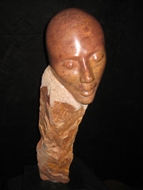
I like works that are unfinished. By this I mean figures that appear to be emerging, twisting, stretching and freeing themselves from natural unfinished stone. I try to show tension between finished and unrefined stone. I purposefully leave chisel marks between the two, as that seems to make figures emerge from the stone. See my ‘Torso of a Woman’ and ‘Mother and Child.’
Surfaces are treated in several ways. Mirror–like, polished surfaces are contrasted with exposed chisel marks to enhance the expressive capacity of the forms. Parts are crosshatched for a slight gloss appearance. Other parts are left totally unfinished as they came from nature.
I try to emphasize the play of light across these different surfaces because sculpture is essentially the interplay of light and shadow on surfaces.
SN: What stones do you prefer?
PP: Limestone is my current favorite. It carves like butter, and I am able to give it a variety of tool marks in the less finished pieces. See ‘Torso of a Woman’ and ‘Nude Study,’ both in limestone. I also like alabaster for its translucent quality, as in ‘Male Torso.’
SN: How is your work area set up?

PP: When I retired, several years ago, we had a small barn built in our forested back yard. I did the plastering, insulating, and painting. A friend wired it for power (including heat!). There is a great music system and I am surrounded by sculpting equipment, art books and pictures – as well as by dust. It’s a modest facility but I love it. And I can work outdoors when weather permits. The compressor is housed in the garage 150 yards away, and tethered to the studio, so the noise is minimized unless I choose to bring it in. It’s really a space that encourages creativity.
SN: What is your working process? Do you work on one piece at a time or several at once?
PP: I usually concentrate on one figure at a time. When I have continuing problems with a figure it is placed in purgatory (outside) until I am able to work out a solution. Figures banished to the outside do not usually stay there very long. One has, however, braved two winters.
Several future works are usually in my mind, and I often think about how they will be carved months before I get to the actual carving stage. I usually do drawings and make clay models of these future works.
SN: What are your greatest challenges?
PP: I tend to want to overstep my competence-level and to be impatient. At first I thought that great sculpture had to be BIG sculpture. My first piece started at over 500 pounds! I forgot that it had to be moved. The abdominal hernia operation was not too bad, given modern arthroscopic techniques, but I learned a good lesson. Thanks to Sabah’s guidance, the 500 pound one became two sculptures and each underwent a significant Weight Watcher’s regimen. Most of my works are now about 20 inches in height and weigh in at 100 pounds or less.
I have learned that my original instincts were correct. They just needed to be moderated. Michelangelo spoke to this point:
The greater danger for most of us is not that our aim is too high, and we miss it, but that is too low and we reach it.
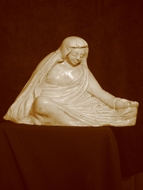
There is nothing wrong with my aim. It’s high! I constantly work on being more tolerant of myself, while retaining high expectations. I will never create what I desire, but I will grow in the process. And that’s the fun of it all.
SN: What is your advice to your fellow sculptors?
PP: The same advice I give myself: RELAX!
I am left-brained, a consequence of a long career in corporate and public life where I set clear goals. So when I first started sculpture I measured every inch, anticipated every chisel mark, even did the calculations on a legal pad! Not much room for the spiritual – for the creative. And certainly not much room for relaxing!
As I progress with sculpture and work more with right brain sensibilities, I am challenged by, and overjoyed with, the opportunity to just create without placing artificial boundaries or being overcome with doing things the right way. I am moving out of my Dark Ages into a more creative Renaissance and I find it very exciting. I want to believe that this new openness is reflected in my more recent pieces of sculpture.
Relaxation is Sabah’s mantra and is also reflected in the sage advice of Da Vinci:

Every now and then go away, have a little relaxation, for when you come back to your work your judgment will be surer; since to remain constantly at work will cause you to loose power of judgment…
Go some distance away because the work appears smaller and more of it can be taken in at one glance, and a lack of harmony or proportion is more readily seen.
SN: Anything else you would like to share with our readers?
PP: Yes, appreciation.
Over the past 30 years I have sculpted in stone, clay, wood and plaster. This was woven around a career as a college and university administrator, and then as an art business co-owner with my wife. I now sculpt as much as I wish; having a cozy studio nestled in a grove of trees, a fine selection of classical music, a loving family and a warm collegial relationship with many members of NWSSA. I am, indeed, very lucky and grateful.
Thank you for the opportunity to share my sculptures, dreams, and aspirations with you and your readers.

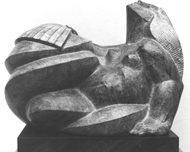
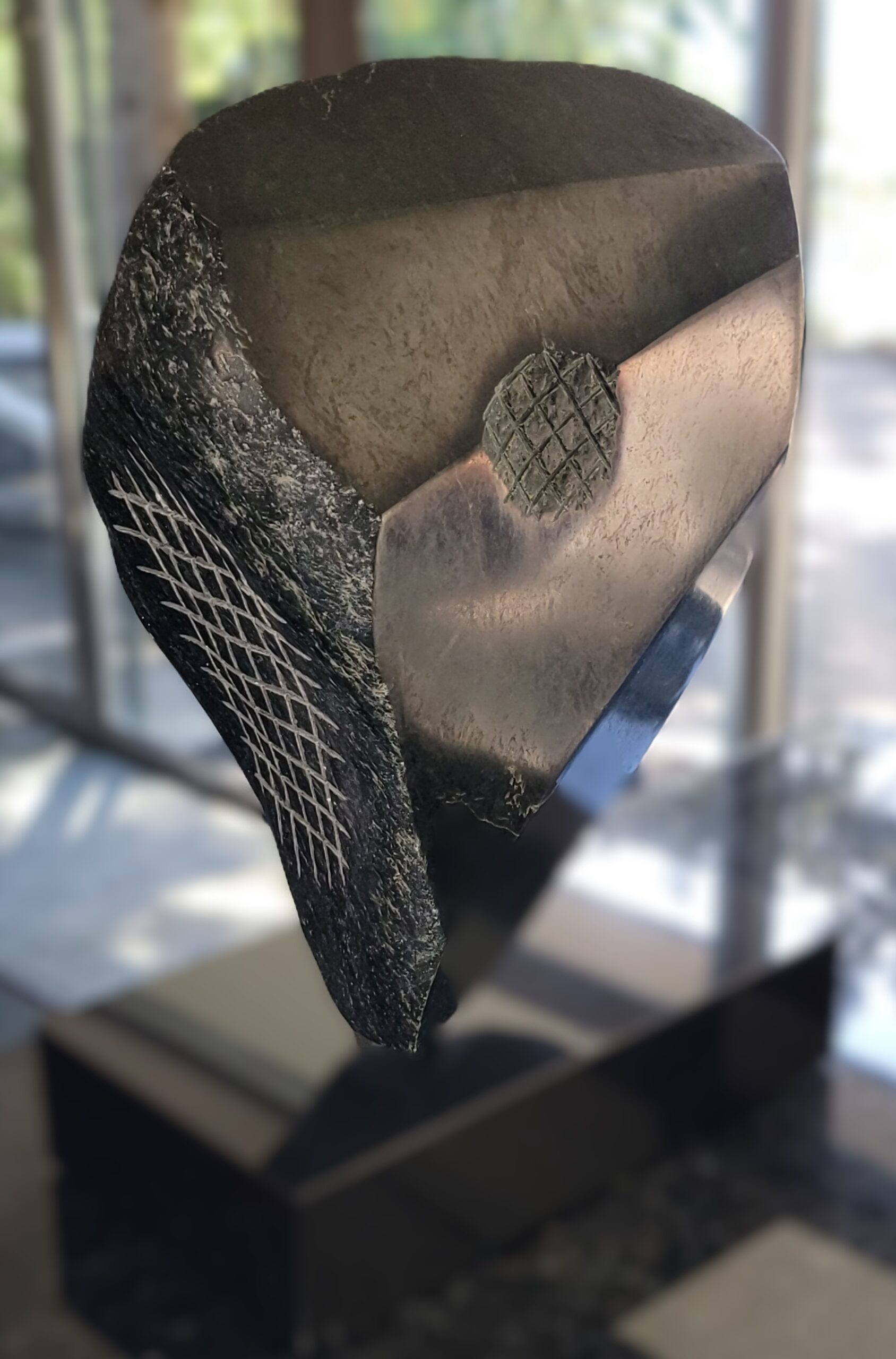
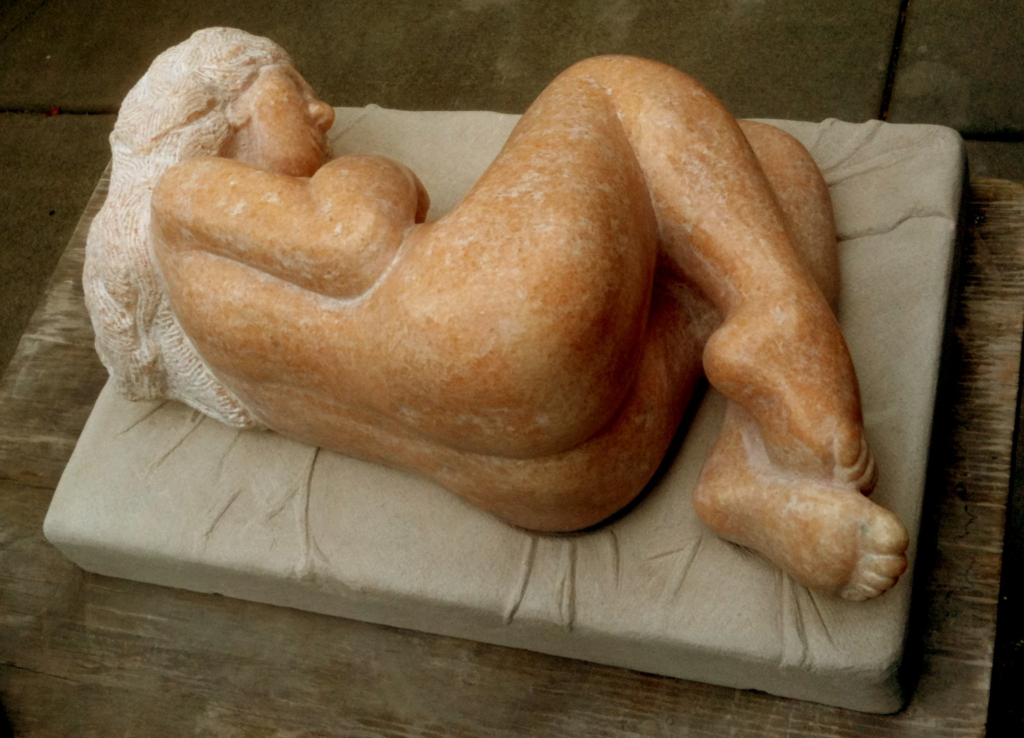
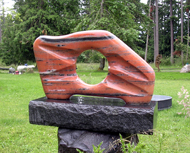

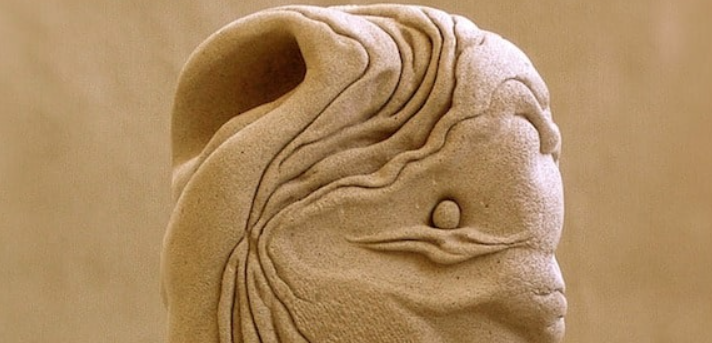
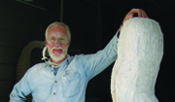
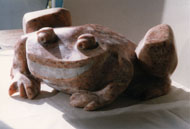

We need some kind of descriptive text here.